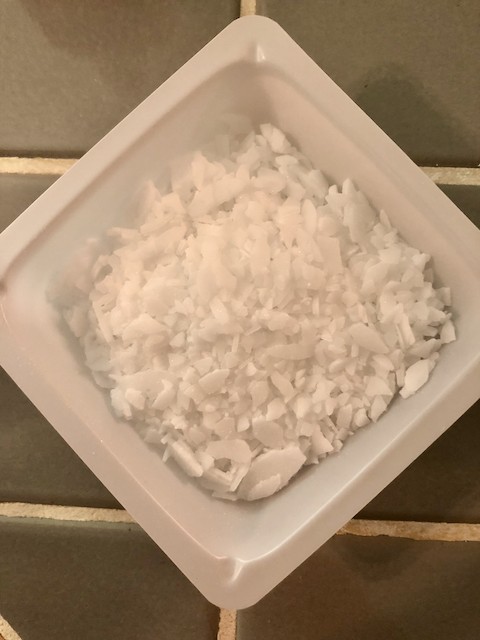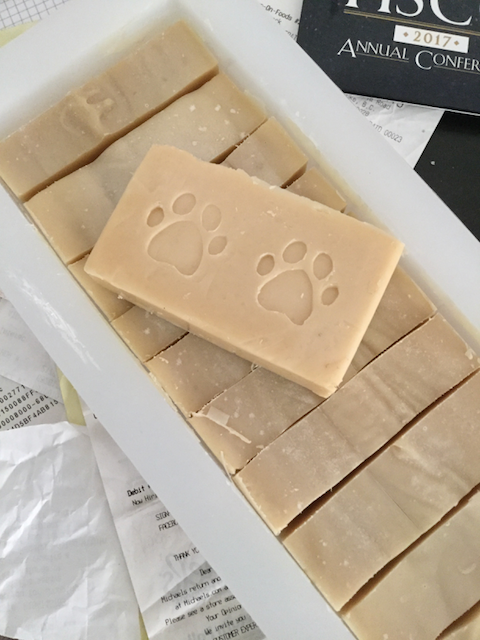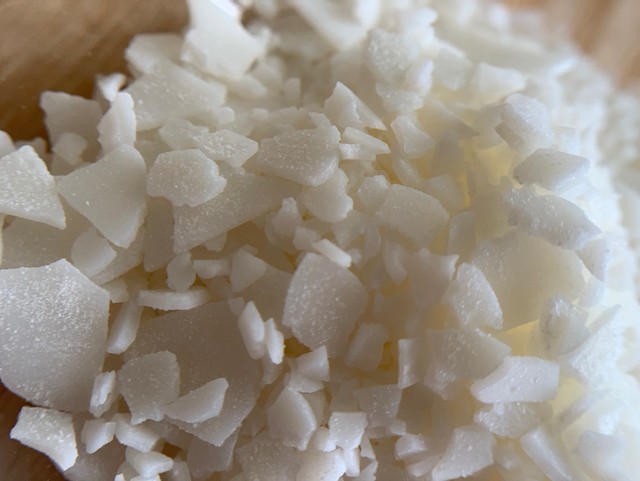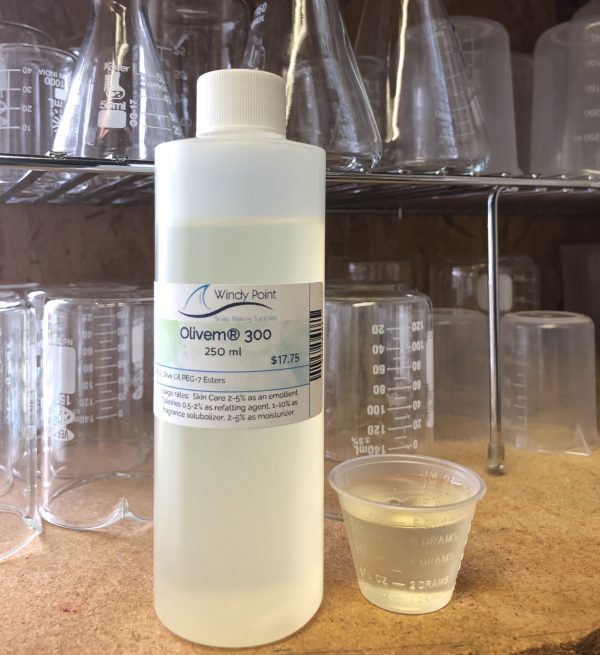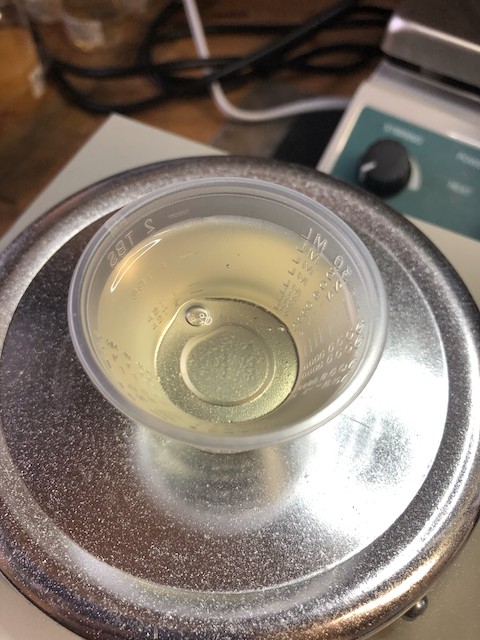Esters: Cetyl palmitate, simple ester
Catch up on this series: Part one, the chemistry and nomenclature of esters; part two, types of esters and their sensory characteristics; and part three, chemistry of the sensory characteristics. We also took a look at the hydrolysis of esters, and simple esters! Cetyl Palmitate is a simple ester, a white, waxy flake used as a...

